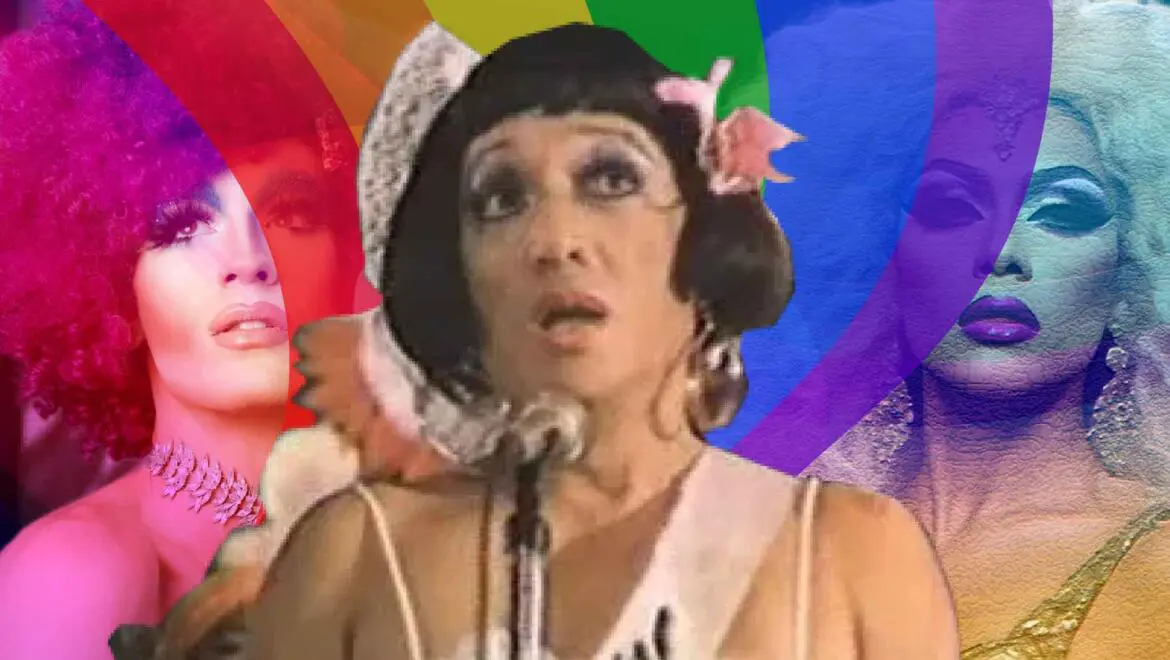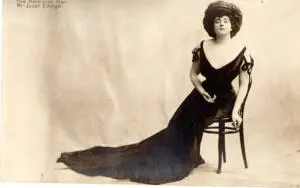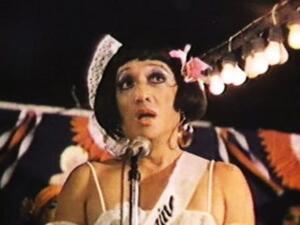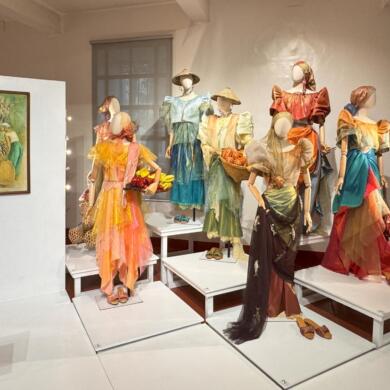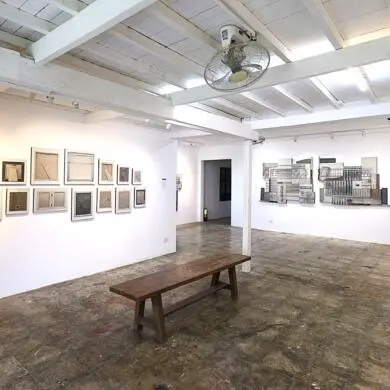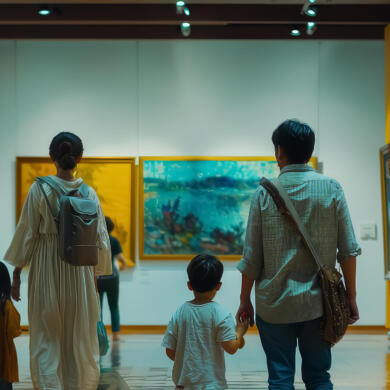Drag is more than an entertainment. It’s an art form that allows drag artists to express their personal and sociopolitical views.
The growth of drag in the Philippines and elsewhere is mainly fueled by the LGBTQIA+ community’s bold challenge against social norms. Through the drag artists’ physical appearances and captivating acts, they blend art with activism.
Drag, the term, has transformed over the centuries. It was recorded first in 1388, but the term was officially used in the late 1800s to refer to performances in clothing or personas different from one’s gender. It all started in theaters, where men wore petticoats to play female roles, causing their garments to “drag” on the floor. Where women also participated, dressing as men for their performances.
In the Philippines, before Spanish colonization in the mid-1500s, it was common for Filipino men to wear women’s clothing. The arrival of the Spaniards changed this, as they, predominantly Roman Catholics, forbade homosexuality and executed men perceived to be homosexual. This imposed a culture of strict masculinity, suppressing queer culture.
Despite these challenges, Filipino drag performers continued to break barriers. By the early 1900s, drag reemerged in the media landscape, with drag queens gaining representation in the theater and movies. They used these platforms for storytelling and protest, showcasing art in its most authentic form.
For instance, the notable films featuring the King of Philippine Comedy Dolphy that put the spotlight on drag artists included “Facifica Falayfay” (1969), “Ang Tatay Kong Nanay” (1978), and “Markova: Comfort Gay” (2000) – this tells the story of a Filipino gay man forced to become a “comfort gay” or “sex slave” for Japanese soldiers during World War II.
— Toby Denise Concepcion
Blog Cover: Jilardon Bamba

